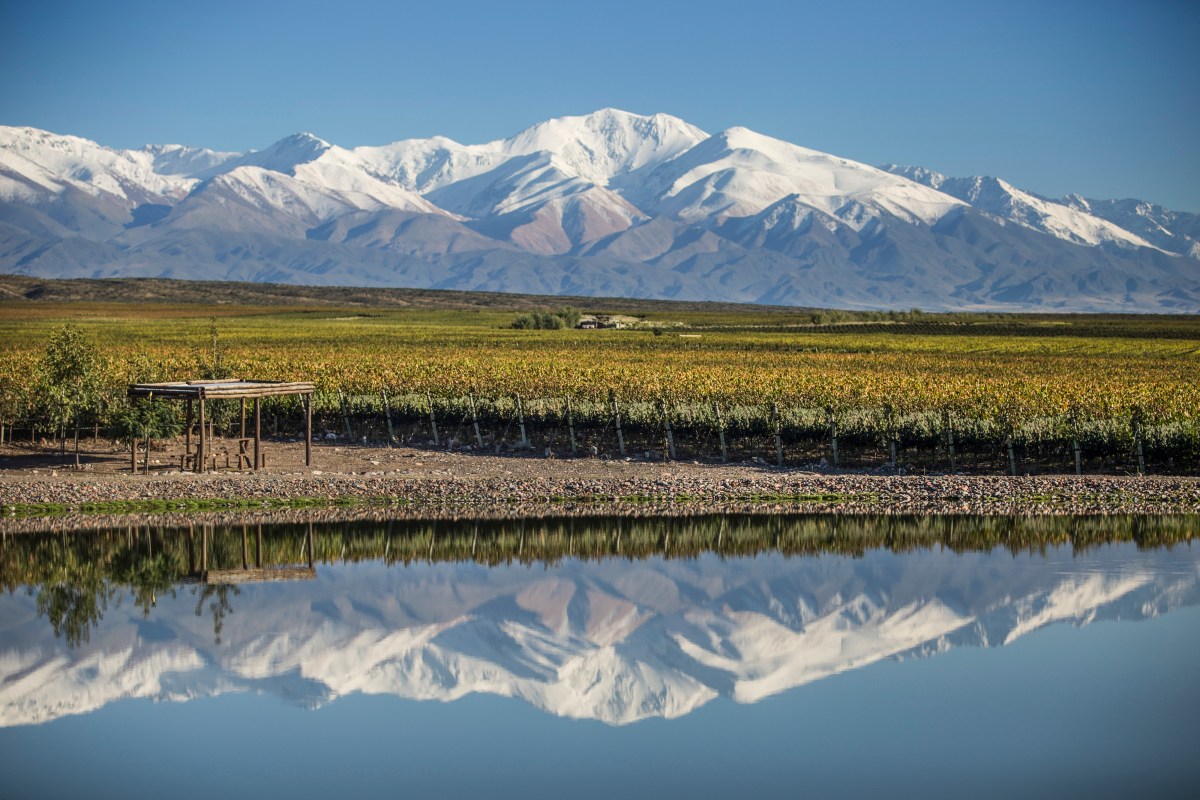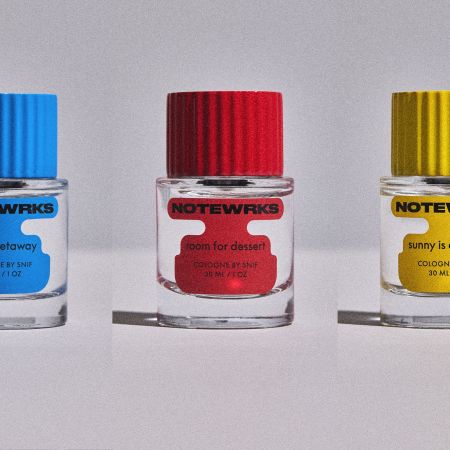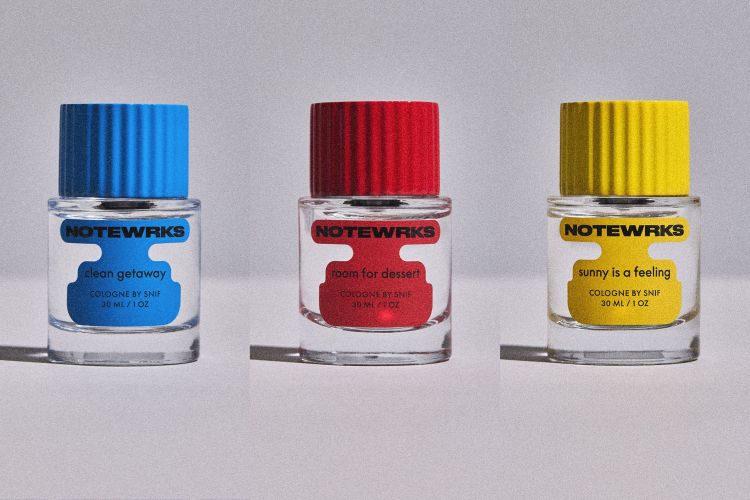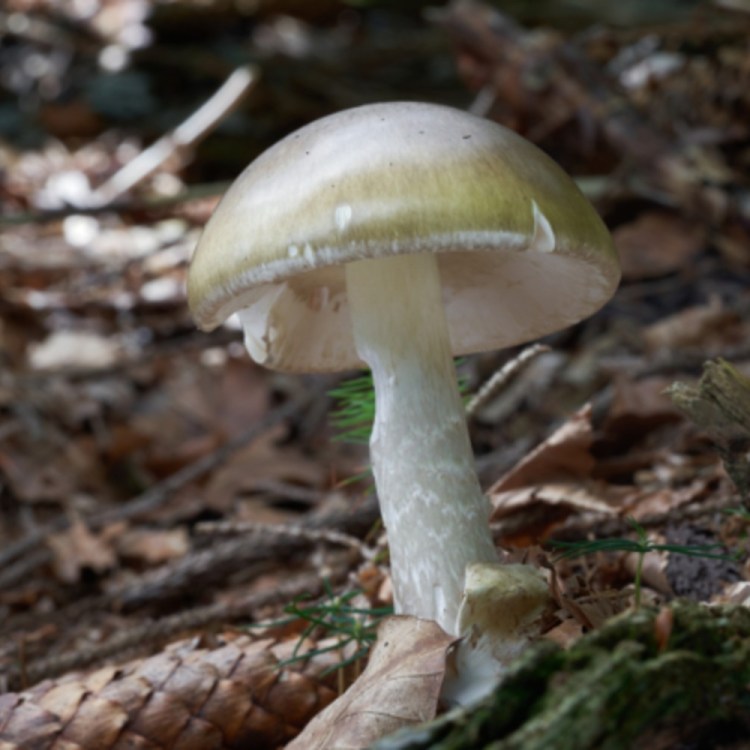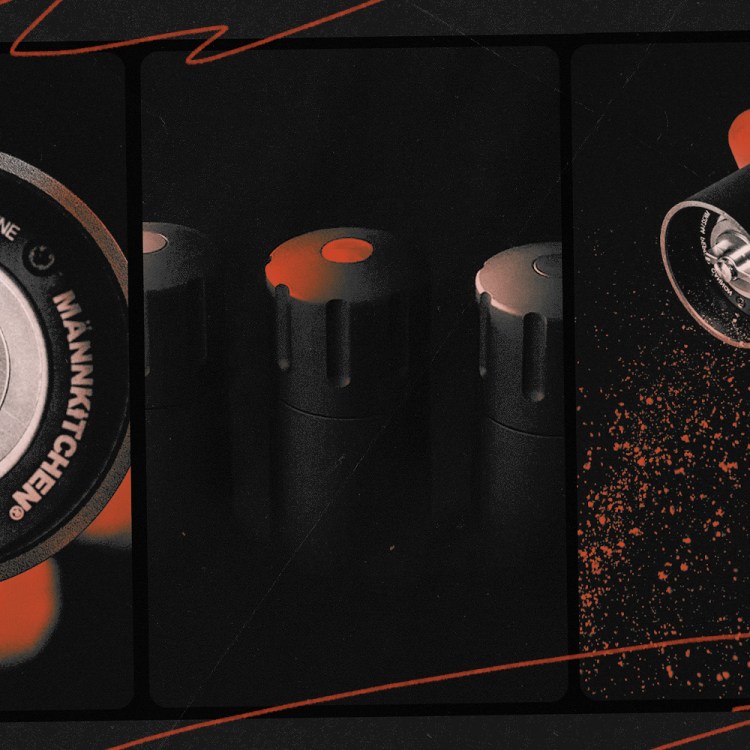It’s no secret that there are a variety of factors that can affect the taste of wine, and from start to finish, each small step of the winemaking process can subtly affect the resulting flavors in your glass. Now, to add to the ever-growing list, it’s time for wine snobs to consider altitude.
The often-overlooked facet of grape growing is the latest trend to enter into the market, and according to experts, the technique is known to elicit a more robust flavor. “The high altitude temperature swings from day to night play a primary role in the overall taste of the wine and causes the aromatic compounds to be really intense in the glass,” Doña Paula Winery’s Head Winemaker Marcos Fernandez told RealClearLife from the company’s headquarters in Mendoza, Argentina, ground zero for red wine lovers. “In terms of red wines, and especially for Malbec, the high altitude is a factor that produces fresh red fruit notes, a velvety soft palate, with sweet tannins and high acidity levels.”
In a word: Yum, and while this all sounds tasty, there’s an important balance that occurs on the grounds of a high altitude winery like Doña Paula’s, located at the foot of the Andes Mountains where the altitude ranges from 3,200 – 5,600 feet above sea level. “At 34° latitude, the growing conditions provide the vineyards with concentrated sunlight, dramatic temperature swings, and pure Andean snowmelt for irrigation,” Fernandez added. “These factors that produce flavorful wines with a high intensity of diverse aromas. Plus, the soil is an important factor that enhances the concentration of the wines. When you have poor soil, full of stones and with calcaire composition, the vines produce a thicker skin on the berries that produce a red wine with deeper colors and firmer tannins.”
According to Fernandez, the high altitude sector may be on the rise due to impending climate change and a rising demand for lightness, which has left established winemakers to battle against warmer conditions. “They are looking for cooler climates because consumers are looking for wines that show freshness versus overripe aromas,” he told us of existing, low-altitude winemakers. “In really hot climates, it’s hard to create wines that are fresh, and I think the popularity of this fresh-style of wine will only continue to grow. It really shows a true expression of the unique land and terroir.”
Every Thursday, our resident experts see to it that you’re up to date on the latest from the world of drinks. Trend reports, bottle reviews, cocktail recipes and more. Sign up for THE SPILL now.
